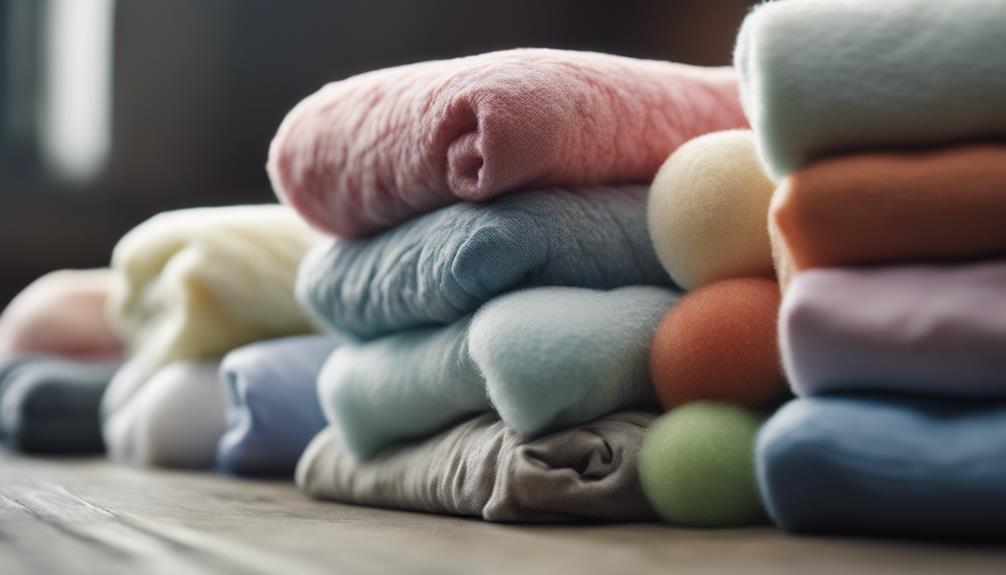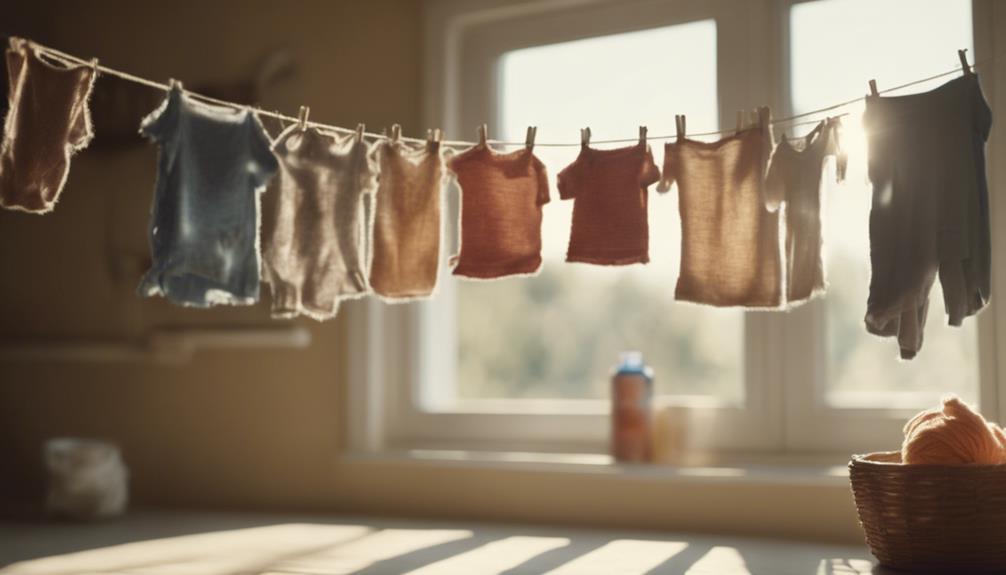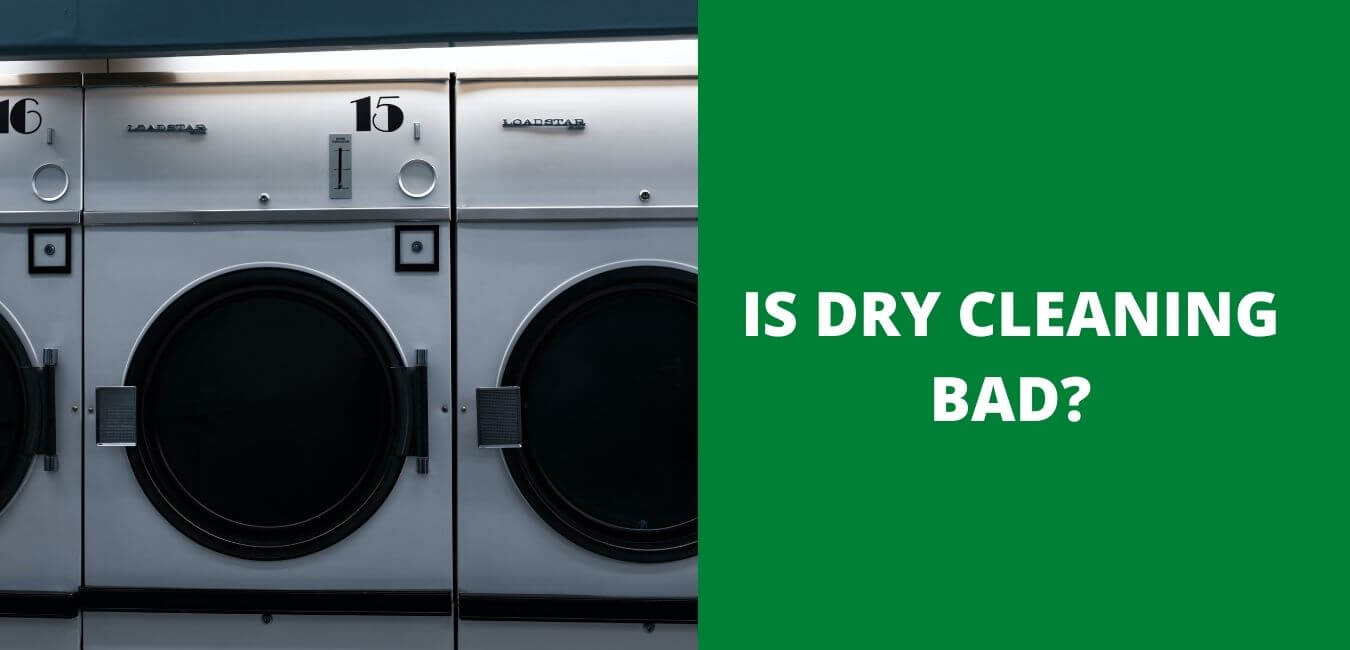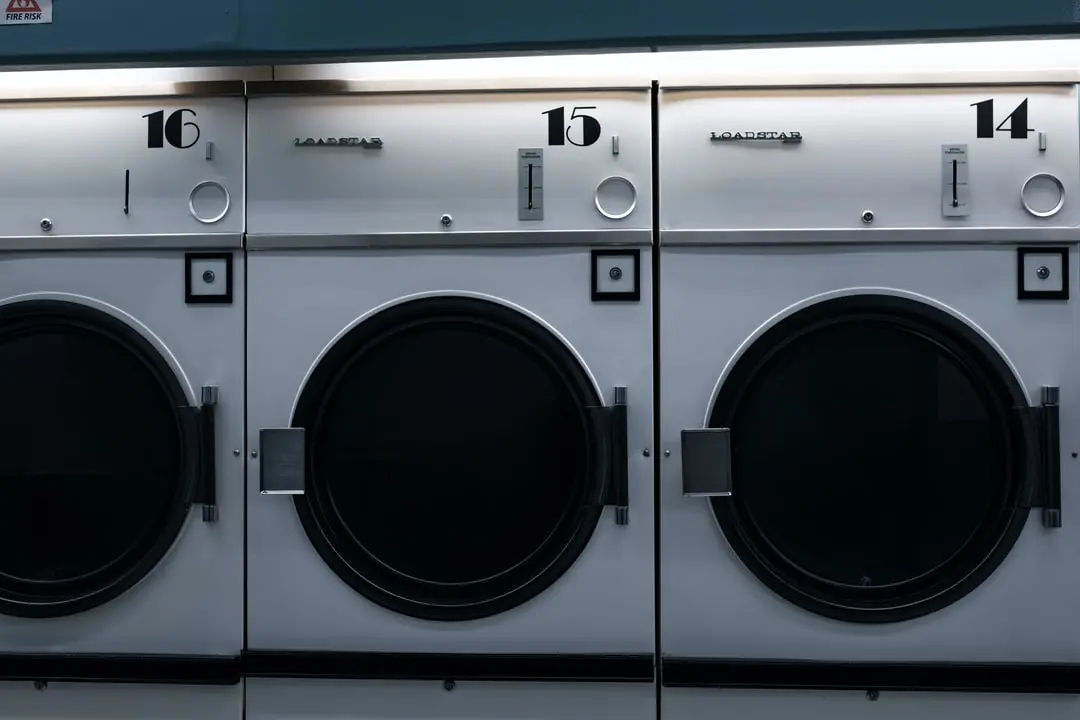To speed up your laundry routine, make sure to use fabric softener effectively. Adding the right amount at the correct time will help distribute it evenly in each load, improving softness and reducing drying time.
Consider using dryer balls to further enhance softness and quicken the drying process. Diluting fabric softener can prevent any potential staining on your clothes.
These simple tips can optimize your laundry routine and save you time and effort.
Key Takeaways
To speed up the drying process and achieve soft, fresh laundry, consider using dryer balls. These handy tools help reduce drying time and enhance softness without the need for fabric softener. Another tip is to add fabric softener during the rinse cycle to promote quicker absorption into the fabrics. If you prefer alternatives, opt for dryer sheets or scent boosters to expedite the drying process. To prevent residue buildup and further hasten drying, dilute your fabric softener before use. For a natural approach, you can also try adding white vinegar to the rinse cycle, which can aid in quicker drying. These simple adjustments can make a significant difference in your laundry routine, saving you time and energy in the process.
Benefits of Using Fabric Softener

Fabric softener isn’t just about making your clothes feel softer; it also helps reduce static cling and maintain the quality of your garments over time. Keeping fabrics soft and smooth prevents them from becoming stiff and rough after multiple washes, ultimately extending the lifespan of your favorite clothes.
When it comes to time-saving tips, fabric softener can be a game-changer. Softened clothes dry faster in the dryer due to their improved absorbency, meaning less time waiting for laundry to dry and more time for other activities. Not only does this save you time, but it can also lead to savings on energy bills in the long run.
Incorporating fabric softener into your laundry routine not only enhances the softness of your clothes but also provides practical benefits that can simplify your life.
Types of Fabric Softener

Various fabric softeners are available in the market to suit different preferences and laundry requirements. When choosing a fabric softener, it’s essential to consider the ingredients and brands that align with your values and desired results.
Fabric softeners contain a range of ingredients, from conventional chemical-based formulas to eco-friendly and natural options. Common ingredients found in fabric softeners include quaternary ammonium compounds, fragrances, and conditioning agents that help reduce static and wrinkles in clothing.
Well-known fabric softener brands like Downy, Snuggle, Bounce, and Mrs. Meyer’s Clean Day offer a variety of products to soften fabrics and leave them smelling fresh post-wash. Whether you prefer liquid fabric softeners, dryer sheets, or scent boosters, there’s a brand that can cater to your specific needs.
To make an informed choice, consider your preferences for scent, sensitivity to ingredients, and environmental impact when selecting a fabric softener that best suits your laundry routine.
Tips for Using Fabric Softener

Here are some practical tips to get the most out of your fabric softener when doing your laundry. Fabric softener not only makes your clothes softer but can also help with quicker drying, saving you time and energy.
Follow these tips and laundry hacks to optimize the use of fabric softener effectively:
- Use the Right Amount: To achieve the desired softness without leaving residue, follow the instructions on the fabric softener bottle for the correct amount per load.
- Add at the Right Time: Ensure even distribution and absorption by pouring the fabric softener into the designated dispenser in your washing machine or adding it during the rinse cycle.
- Dry with Dryer Balls: Speed up drying time and boost softness by using dryer balls. These handy aids soften clothes and reduce drying time simultaneously.
- Prevent Stains: Dilute fabric softener with water to avoid staining your clothes. Avoid direct contact between undiluted softener and fabrics.
Fabric Softener Dos and Don’ts

To ensure the effective use of fabric softener in your laundry routine, it’s crucial to understand the dos and don’ts for optimal results. Here are some simple tips to help you maximize the benefits of your fabric softener.
Dos:
- It’s recommended to dilute the fabric softener with water before adding it to your laundry to prevent any potential staining or spotting on your clothes.
- Add the fabric softener during the rinse cycle for better absorption into the fabrics, ensuring a soft and fragrant result.
- Always follow the manufacturer’s instructions on the amount of fabric softener to use to avoid overuse, which can lead to residue buildup on your garments.
- Consider using dryer balls as an alternative to fabric softener in the dryer to reduce drying time and energy consumption effectively.
Common mistakes to avoid:
- Avoid pouring fabric softener directly onto clothes as it may cause staining or uneven distribution.
- Using an excessive amount of fabric softener can leave a residue on your clothes, impacting their absorbency and overall feel.
Fabric Softener Alternatives

Uncover sustainable options for softening your laundry without relying on traditional fabric softeners. If you’re seeking natural and environmentally-friendly ways to keep your clothes soft and smelling great, consider these alternatives:
- White Vinegar: Incorporate half a cup of white vinegar into your rinse cycle to soften fabrics and remove odors.
- Wool Dryer Balls: These reusable balls aid in separating laundry in the dryer, which reduces drying time and softens clothes without the use of harsh chemicals.
- Baking Soda: Sprinkle a small amount of baking soda on your laundry before washing to naturally soften fabrics.
- Aluminum Foil Balls: Create balls by crumpling aluminum foil and add them to the dryer to decrease static and soften clothes.
These eco-conscious alternatives not only help achieve soft and fresh laundry but also contribute to a more sustainable and eco-friendly home environment.
Conclusion
Let’s delve into these fabric softener tips that can help you cut down on drying time while keeping your clothes soft and fresh.
Sarah incorporated fabric softener into her laundry routine and was pleasantly surprised by how quickly her towels and sheets dried.
Give it a try and experience the difference it can make in your laundry routine!




